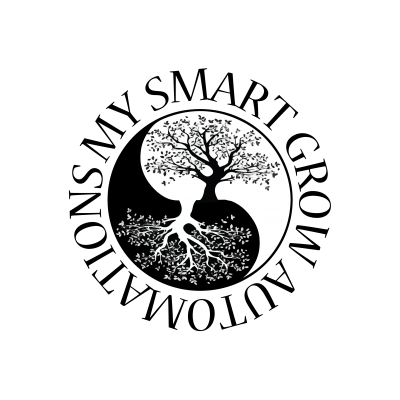Best drying method
Hanging vs Jarring
That is the question. We have found the answer and will not be going back unless forced!
Are you tired of your well grown indoor crop smelling like dry grass!? Have an issue with mold while drying? Harsh burning or loss of taste? All of these can easily be avoided if you have a little patience.
You need to properly dry and cure your herbs. This topic is all over the internet and contains things from hanging to cutting to trimming and putting into a paper bag. Well, after years of trying many different methods and focusing on environmental impacts on the dry/cure times. I have found there is one simple thing you can do to dry AND cure your herbs in one simple step. Though the step takes one month minimum, the rewards are outstanding.
The idea is simple. Let the chlorophylle and starches naturally break down. This requires the plant to stay moist enough that the chemical reactions can occur, but not so moist that mold can take a hold of the plant matter. You need to keep the plant matter no lower than 55% in order to keep a cure going. Once you pass this point you cannot add more water to get the process going again and the flavor and smell is pretty much “locked in” at that point.
The Process:
- Set your My Smart Grow System tent to “Disable” in the settings which will automatically set 60-65 R/H vent actuation within your drying space. Keep the “lung room” dehumidifier set to 55-60% with temperatures no lower than 70f degrees or higher than 78 degrees. Your high power lighting cycle will be disabled during the drying curing period.
- Cut and hang the whole plant with your My Smart Grow controlled environment set to “Disabled” which defaults to the perfect drying settings. Once Cured and dry, you can plug your lights back to the smart strip to be ready to set up the environment for the clone or seedling state. You then can switch your system up the to vegetative setting, followed by flower. The My Smart Grow system is a game changer for automated environmental control throughout the entire growing cycle all the way to a perfect storage cure.
- Now wait for 1 month and keep the environmental settings steady in order to have the best cure you have experienced. Patience is key here. Slow and steady will win this race! Test the plants during the curing state. After the initial water weight is lost the plants won’t dry past your environmental settings and you are technically curing on the branch. If the environment drops below 50 and the drying plants do too, the cure will stop and the hay smell will lock in. Testing will allow you to know how long you actually need to cure. You might be surprised as to what you find! You can monitor your environment with the MSG system and not see any outlying data points or you need to make changes to your venting or “lung room” to keep the parameters in check and get the best result. This is something very hard to perfect in a jar which requires random “burping” out of the moisture that builds up in a sealed jar. The My Smart Grow system automatically turns your any room into an automated curing environment with no worry of mold or drying out too fast.
- Enjoy-
